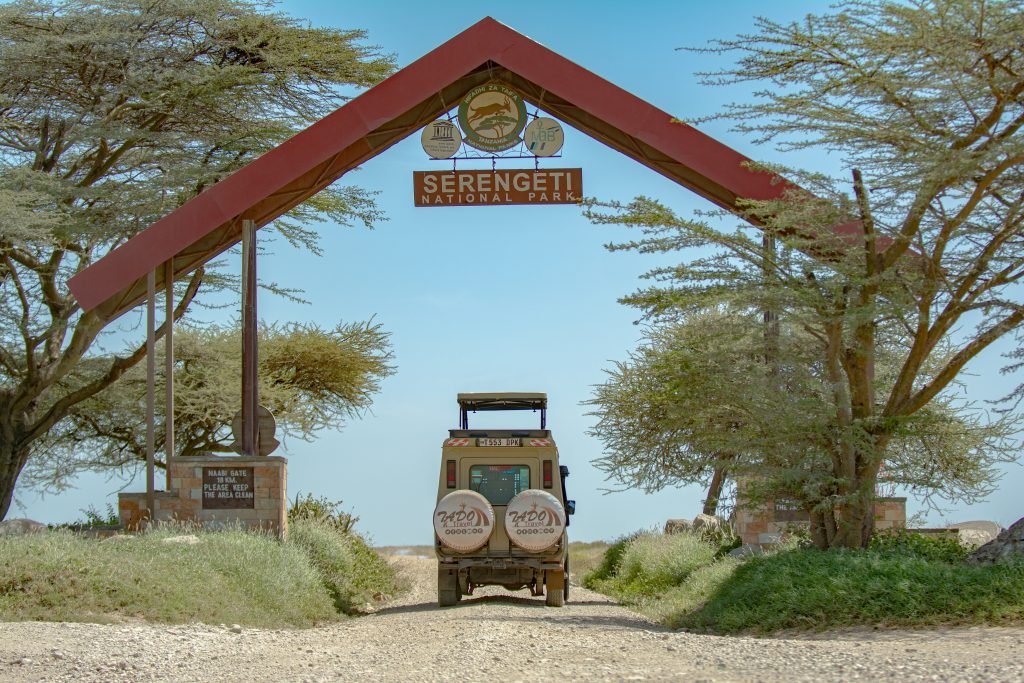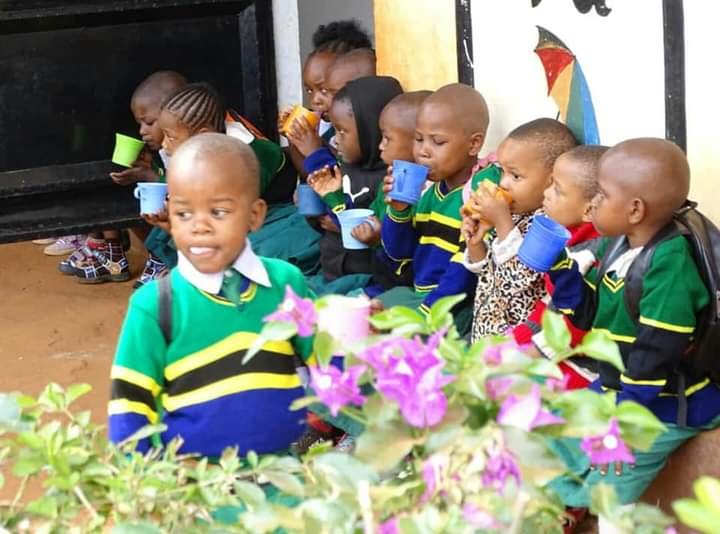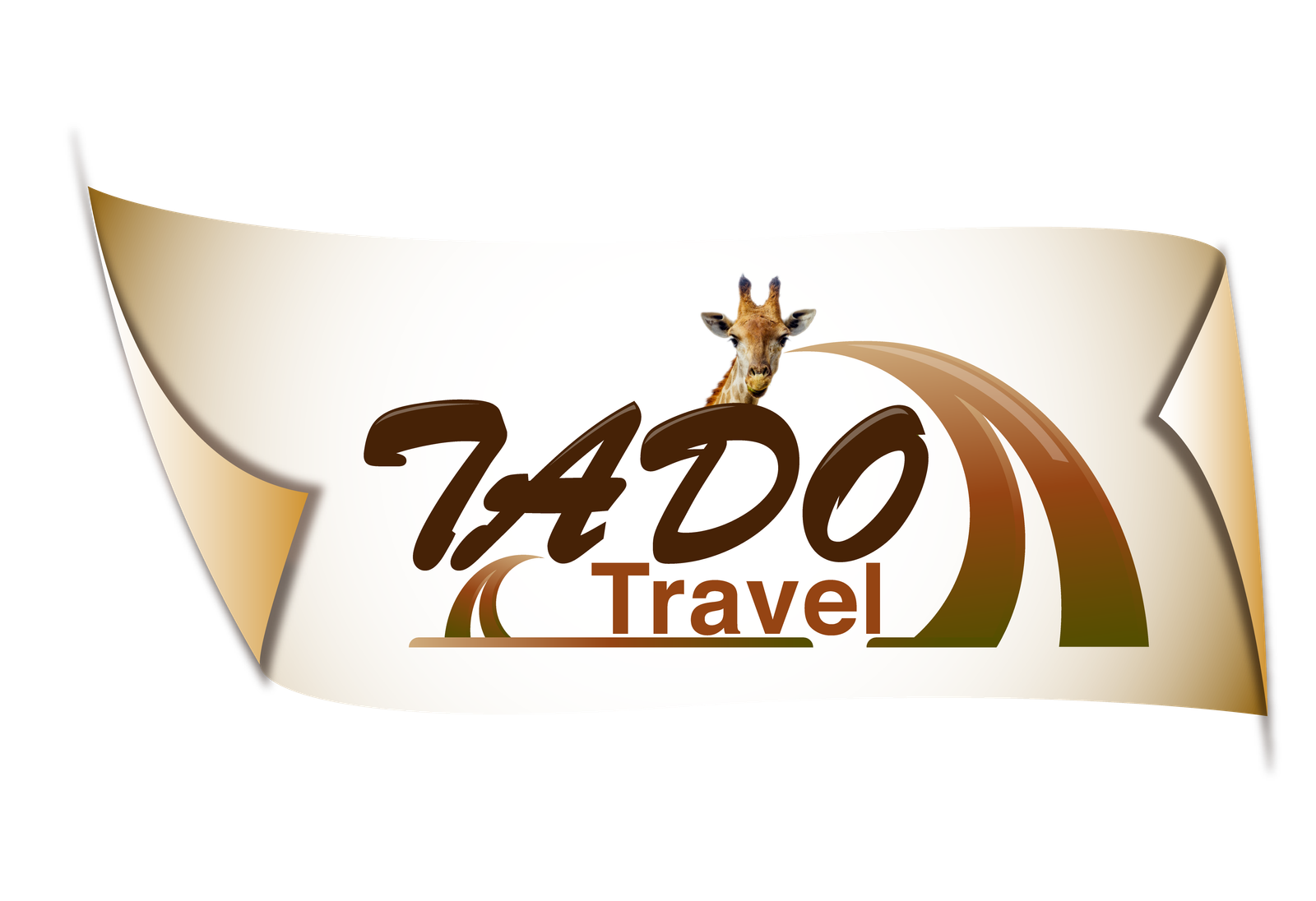When you travel with family its great memories and valuable time
An essential part of your preparation will be to ensure that you are well equipped for your summit attempt. Print our final checklist and mark it off, to ensure that you are well equipped.
It is possible to summit Kilimanjaro successfully. My you before you have succeeded, this should be topmost in your mind when preparing for the summit attempt. You should always remain in a positive state of mind, but not overly arrogant. Try to anticipate various different scenarios, which you may possibly encounter on the mountain and try to work out the most suitable course of action, mentally and physically by yourself or even as a group.
Your mental stamina will, without a doubt, make the really difficult sections, like from Kibo to Uhuru or from Barafu to Uhuru, easier to complete. Remember if you are properly equipped, you have taken everything as indicated on the final checklist, you are physically prepared and have all the knowledge gained from you assign guide – you will be mentally confident for the physical part of Kilimanjaro.
Make sure that you have adequate travel and medical insurance, which will also provide you with cover for the climb up Kilimanjaro.
Go slowly – “Pole Pole” as they say in Swahili! This is also very important during your first days of climbing. Even if you feel well, slow down and enjoy the scenery.
The biggest cause of altitude sickness is ascending too high too fast! The slower you hike the more time you give your body to acclimatize.
Make sure that you drink at least 3 – 4 liters of liquid a day – preferably water. For your first day it is recommended that you take along fresh water, which may be purchased at the hotel in Arusha/ Moshi before your climb. Try to get the bottles with the screw tops, this way you will also have containers in which to take water further up the mountain.
Running water on the mountain is safe to drink from day-2 onwards, but care should still be taken. If you are not used to fresh water in nature, prevent any inconvenience by using water purification tablets. REMEMBER! A functioning “body water balance” is one of the keys to a successful climb!
If possible and especially on your acclimatization day “walk high – sleep low” Try to do a short evening stroll to a higher altitude and then descend to sleep at the camp at a lower altitude. This is essential on your acclimatization day.
Climb as lightly as possible; this becomes even more important on your summit night. Extra weight will slow you down and will also make breathing more difficult.
Remember that you will be on the mountain for at least 5 or 6 days. You need to take enough clothing, especially socks to last for this period. Due to frequent rainfall as well as numerous streams on the routes, it is advisable to pack items individually in your bag.
These individually packed items should be wrapped in plastic bags to prevent them from getting wet in case of rain or of being accidentally dropped in a stream.
Clothing
You will require the correct underwear, thermal hiking socks, gloves (preferably mittens), warm head protection, raincoat, sunglasses and sun protection cream. Also remember your hiking boots, hiking/running shoes (it is not necessary to walk with boots or climbers shoes until the last sections where screen and rocks are encountered), and very importantly, a walking stick / ski-pole. One of the most critical items of clothing is an outer jacket.
You are required to perform the functions of keeping you warm, protect you at temperatures as low as minus 25 degrees Celsius, keep the wind out and yet still “breath”. Try to avoid tight-fitting clothing or underwear. This will hamper circulation, causing either cold or discomfort on the mountain. A balaclava is a must, as it will protect your face against cold, wind, sun and snow. Other clothing like shorts, sweaters and T-shirts are strongly recommended, especially during hiking on the lower slopes, when the day temperatures are still high.
The only way to ensure that you are dressed warmly is to follow the principle of wearing the correct clothing layers. A common mistake made by climbers is to wear almost everything they have specially to start off with cotton against the skin. Cotton absorbs moisture perfectly, and moisture trapped against the skin will result in a definite lowering of the body temperature, which could even lead to hypothermia. It is therefore very important to use proper thermal underwear with “wicking” properties (a fabric which has the ability to draw moisture away from the body) and thus enabling it to evaporate to the outside.
The middle layer should provide insulation and a product like polar fleece will be adequate in this regard. The outer layer should be windproof, waterproof and breathable. Products like Ventex, Goretex or Jeantex offer these properties. Short of altitude and physical exertion, cold is one of the most serious obstacles when attempting to summit Kilimanjaro. After securing your booking with us, you’ll receive a comprehensive document, to guide you through the steps of purchasing the correct gear.
Take a ski – pole
A ski – pole is essential. Use of ski poles reduces external and internal loads on the knee joint by up to 20%. Using 1 ski pole is a must, but 2 poles are recommended. Buy one or hire.
New batteries
Replace your headlamp and camera batteries with new ones on your summit night.
AMS commonly affects people at high altitude, who are not accustomed to high altitude conditions. AMS can be lethal if not treated immediately or if its symptoms are ignored. Probably 70% of all people climbing Kilimanjaro will suffer to some extent from AMS. You should familiarise yourself with this condition and take preventative care.
Malaria occurs below 1800 meters and you should use the recommended prophylactics. Please consult your doctor about these. Currently, there are various preventative medication products available which will be effective against the malaria strains currently found in Tanzania. Women using oral contraceptives should consult their physicians before using prophylactics.
Wet wipes
There is no washing water at Barafu, Kibo and Arrow Glacier camps. Wet Wipes are very useful
Snacks
Take enough snacks like energy bars etc. Avoid the toffee-like energy bars (as they get very hard and difficult to eat in low temperatures) but rather but the cereal type energy bars.
Adequate sun protection
Wear a good quality pair of sunglasses (with UV protection) and use adequate sun protection cream with a protection factor of at least 20+.
Thermal Flask
Use a thermal flask for your water on the summit night, other water bottles might freeze solid.
Camera
Taking pictures with a fully automatic camera at the summit of Kilimanjaro is possible, and most people do this. The secret is to always have a new battery in your camera when going into cold areas at high altitude. A mechanical camera works just as well, provided you have the knowledge to operate it successfully.
Cameras exposed to cold do not cease functioning but remember that if you keep your camera inside your jacket and the lens becomes warm, chances are that it will form condensation when suddenly exposed to extreme cold. This condensation will freeze under conditions at the summit. Therefore, keep your camera dry at all times. Moisture will freeze at the summit which WILL cause your camera to stop functioning.
If using a Film camera
ASA 200 film is good for taking photographs in relatively little light. You might reach the summit just before sunrise and may not wish to wait due to the altitude and the cold. After sunrise, a film with ASA 200 or 100 is fine.
There are numerous classic photo opportunities, some of which are only available in low light conditions. If you can, and if you are a serious photographer, we recommend that you take a small, portable tripod with you. Also, remember that it is sometimes so cold that you cannot hold the camera steady.
Mountain water
The stream water high on the mountain Kilimanjaro has been tested and has been found to be fit for drinking. However, we recommend that you be on the safe side and use water purification tablets before drinking.

Social Responsibility

We believe that the community we operate in has played a very big significant role in our development. In acknowledgment of this we take various projects of educational development and wellbeing within the company and for the community in general as well.
- Mt. Kilimanjaro
- Serenge Natonal Park
- NgorongoroCrater
- Zanzibar Island
- Mafia Island
- Pangani & Kilwa Historical Town
- Oldonyo Lengai (Holy Mountain of the Maasai)
- Lake Manyara National Parks
- Tarangire National park
- Nyerere National Park
- Maasai Community
- Olduvai Gorge
- Lake Natron
- Lake Eyasi
- Hadzabe
- Kenya Safaris
- Mountain Climbing Adventures
- Photography, Films and Documentaries Safaris
- All Ground Transfer and Local Airline Connection
- Hotel, Lodge/Tents and Camping Adventure Safaris
- Group Incentives and Conferences (MICE)
- Walking Trail and Exploration
- Self-Drive Expedition Safari
- Wildlife Game Drive Safaris
- Night Wildlife Game Drive
- Beach Holiday Vacation
- Cultural Tourism Safaris
- Hot Air Balloon
- Car Hire
